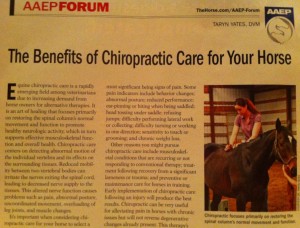Training for improved torsional control
Torsion can play a big role in cLBP given the prevalence of disc ‘tears’. McGill points out torsion can be a distinct problem to many and training/exercise methods that utilize twisting motions can be more damaging than helpful. He decries the use of “torsion” based rotation machines. These machines are poor oblique trainers and impose high compression on the discs. Generating torque about the twist axis imposes 4Xs the compression as equal torque about the flexion/extension axis. The exercise determined to impose the least compression but successfully train the “torsional moment generators” is the one-arm, supported dumbbell row. The exercise is performed by supporting the upper body in slight flexion with one-arm and rowing with a dumbbell while bracing the core. Other motions which impose greater loads such as cable “pulls” and “chopping” motions can come later when torsional control is optimized.
Dr. Kennedy comment: I have trained many patients using the one-arm, supported core-brace row and found it to be extremely important. It’s also simple and convenient for anyone to perform at home themselves. His core “brace techniques” should be a staple in any Chiropractic rehab regime.

